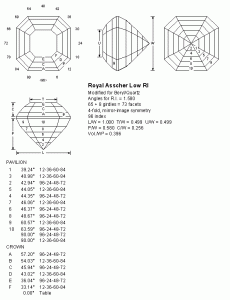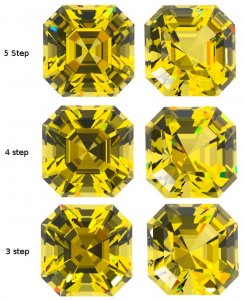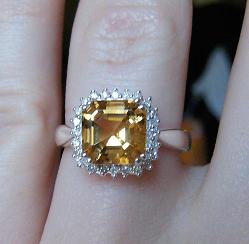- Joined
- Feb 17, 2004
- Messages
- 1,104






Date: 8/23/2008 9:40:10 PM
Author: ptorraca
A friend of mine clued me in to this thread -- sorry I didn't catch it sooner, I lurk here when I get the chance, and chances have been few of late...
Moonwater -- I don't wish to violate any local conventions on advertising, so I won't post my contact info here. However, a quick google of my last name will find my personal blog with contact info. Oh, you may find my web-work from a previous life. I too learned HTML by using the good old 'view source' function. That lead me to learn scripting, then databases, then config files for Apache servers... it was almost as slippery a slope as gemstones, but gems hooked me deeper.
peter
Date: 8/26/2008 11:01:09 AM
Author: Gailey
Moonwater,
I haven''t set my stone yet. but have uploaded of a picture of what it might look like. I can''t remember where I found the picture, so if the owner of this lovely piece is reading, I hope you don''t mind. Although this is a ring, I am leaning towards a pendant because my asscher is quite deep at 8.97mm. That would make it sit quite high on my finger and knowing me I would be likely to take someone''s eye out!
Gentlemen cutters,
the conversation between you, whilst intriguing was a bit like rocket science to me. Perhaps you could explain in terms that us mere mortals can understand what is important when looking at gemstone asschers. For instance, your conversation centered around quartz, but how would that differ if, say we were talking about garnet or peridot etc?
